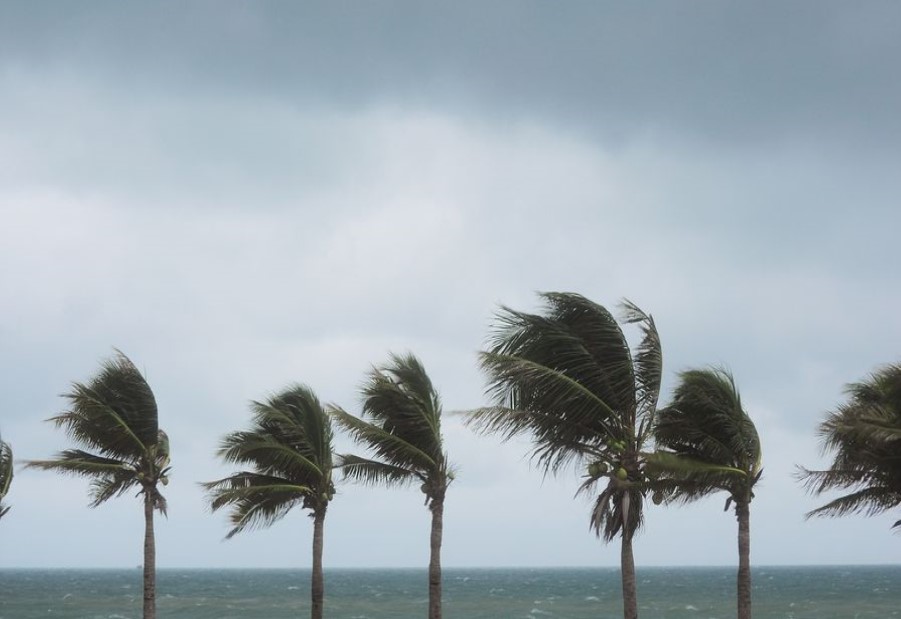Key Planning Guidelines for Disaster
Recovery and Business Continuity
Disaster recovery should be a critical component for any business that relies on technology. Hurricanes Harvey and Irma highlight an important lesson for businesses. On a more local level, cable cuts and other outages cause disruptions to data and/or voice services. It doesn’t take a natural disaster to create havoc. And today, it’s not a matter of if it happens…it’s when it happens. What would the impact be to your business if you lost voice or data communications?
A data and voice continuity plan is like insurance. You need to ask yourself what is the cost in lost business and productivity in the event of a failure in voice or data communications for an hour, 4 hours or even 4 days.
For many major service providers, the mean time to repair a lost connection is four hours. But as evidenced by Hurricanes Harvey and Irma, outages can be significantly longer.
Businesses need to assess the potential costs of any disruption, and how redundant coverage and alternate routes can lessen the consequence cost of lost business.
You can’t predict the effects of a disaster, but you can plan for one. A carefully considered business continuity plan will help make coping with a disaster less impactful, and enable you to minimize disruption to the business and your customers.
For more details, read our full report titled “Lessons From Catastrophic Events“
An independent communications technology consultant can help you create a disaster recovery plan that meets your critical business needs. This will help to minimize the impact of service disruptions so you can get back up and running as quickly as possible after a disaster. As we have learned, and some the hard way, it’s better to be safe than sorry!

